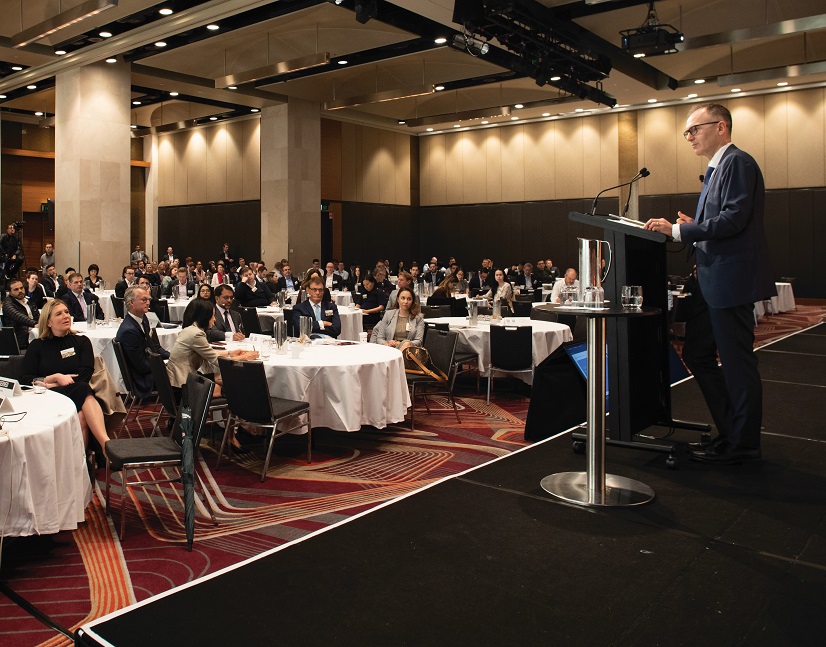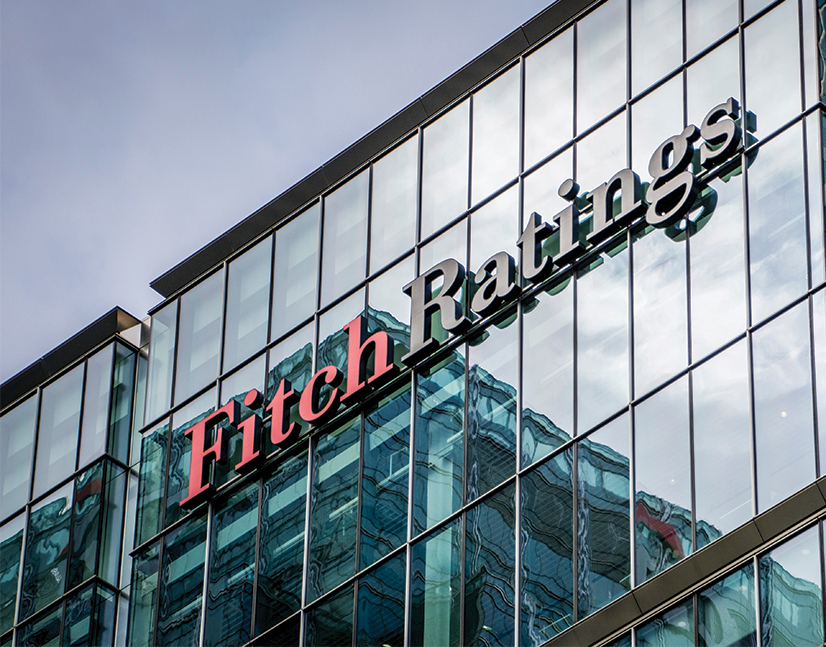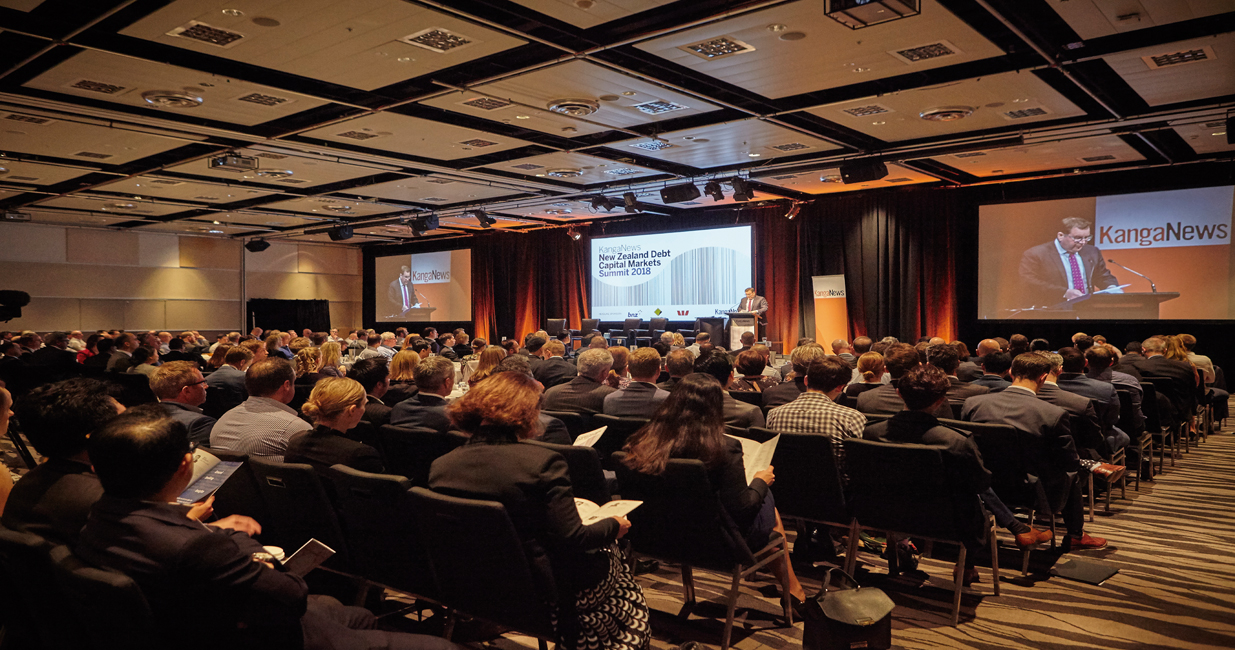
View from the land of the long white cloud
The KangaNews New Zealand Debt Capital Markets Summit 2018, held in Auckland on 8 August, attracted the largest delegate representation ever for an event that has run annually since 2013. Discussion captured all the talking points in the New Zealand capital market including macroeconomics, the business environment and trade updates, as well as spotlights on infrastructure, technology, bank securitisation and investing with impact.
“Concern about the international picture is something the government will continue to monitor. There are issues well beyond New Zealand’s control that we need be mindful of. Tit-for-tat tariff restrictions, some slowdown in the Chinese economy and various international tensions are risks that, if they develop further, will affect New Zealand.”
“We want all the levers within the machinery of government to consider wider wellbeing outcomes, to ensure that everything the government does is done explicitly to improve the wellbeing of New Zealanders.”
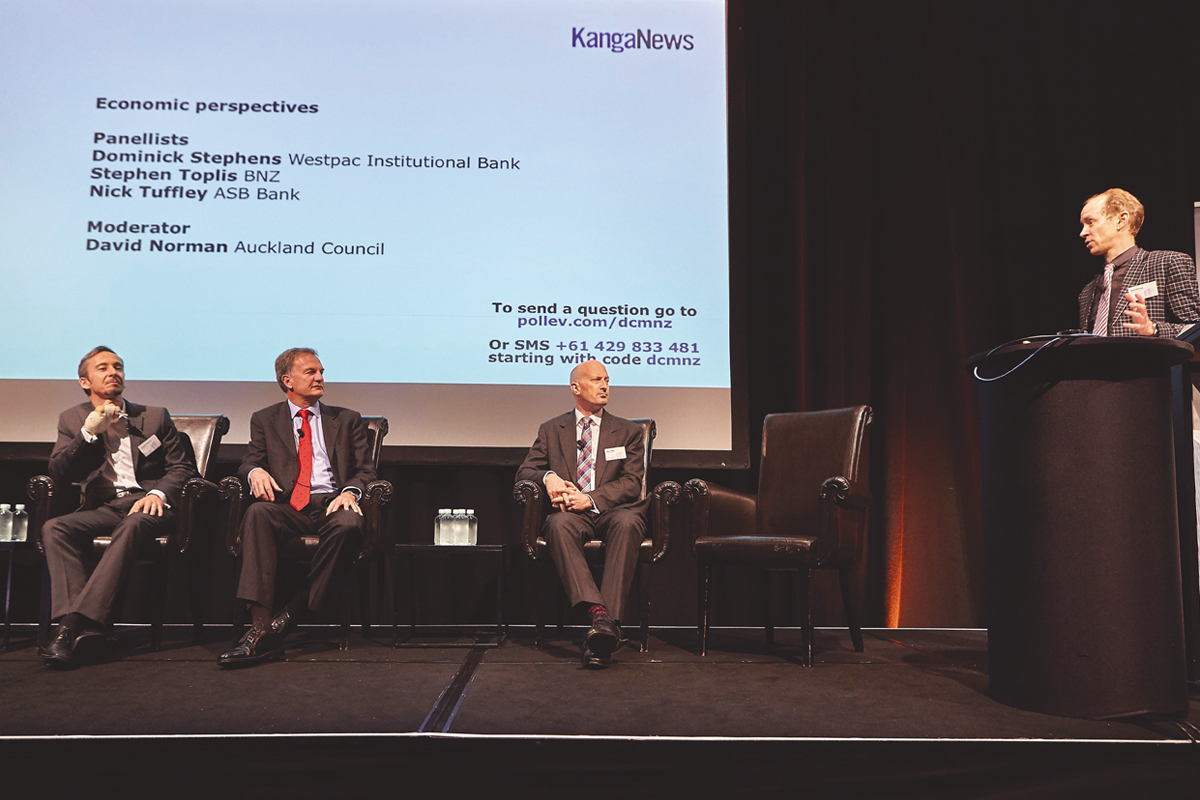

“Offshore investors are reasonably comfortable with the New Zealand housing market. During our most recent roadshow, earlier this year, we didn’t receive the interrogation we have in recent years. One area where the RBNZ has done us a favour is in LVRs, which took any pressure off the banks as we continued to fund a housing market that was running hot.”
“We believe Auckland Council got a pricing benefit of a couple of basis points because of the nature of its green-bond issue – and this should be encouraging for other issuers. But it’s not just about pricing. We’re trying to communicate that it’s crucial to offer robust reporting through the life of the bond, on at least an annual basis.”
“The green-loan principles have been developed in the last few months. Not all corporates are able to undertake proceeds-specific capital issuance, so this gives those that have ‘sustainability DNA’ in their company the ability to access green finance and demonstrate progress on their sustainability objectives.”
“There is definitely heightened scrutiny on green-bond issuance. We needed to complete a full PDS – which tacked a few months onto the process. But a bit of extra work on the front end has been worth it, both to hone our own focus and objectives and to normalise with the FMA and others. We’re helping to clear the path for future issues and for future issuers.”
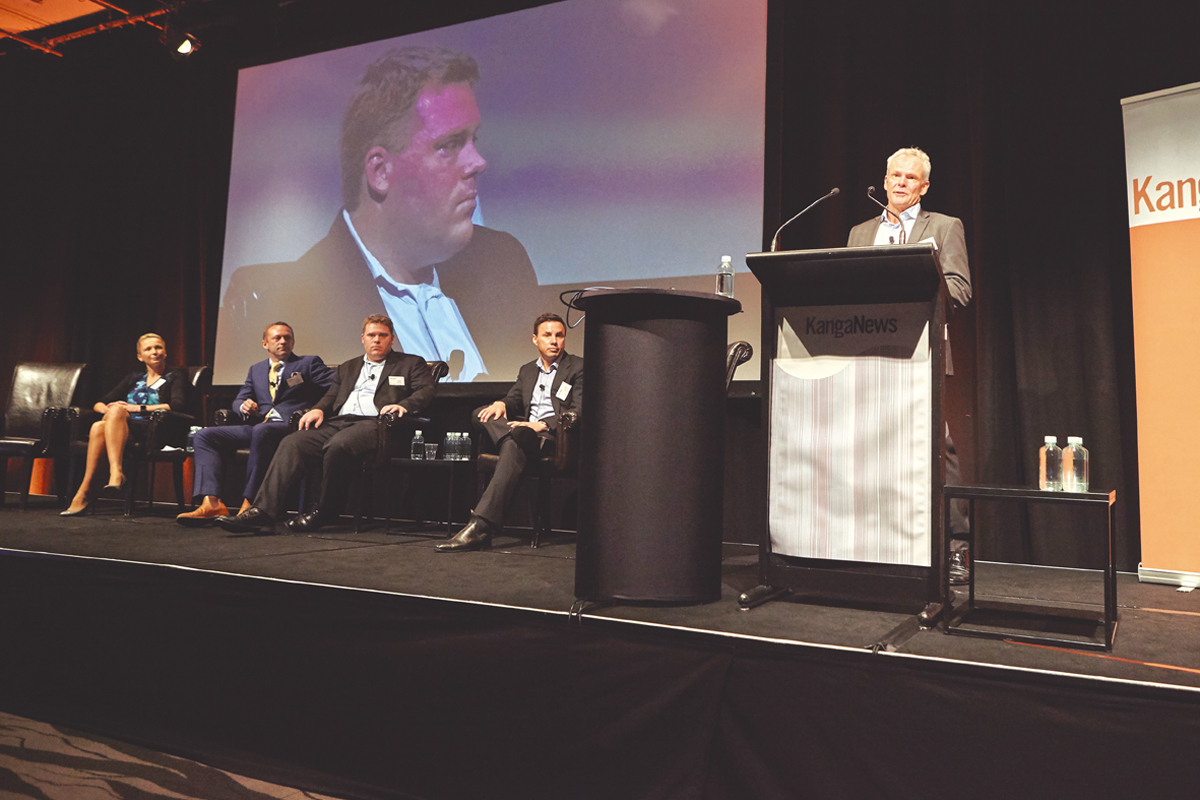
“The emerging theme in the fixed-income market – primary or secondary – is the need for a variety of different protocols. It’s really important in this context to be invested in core infrastructure, so we are able to manage connectivity, data and hedging solutions to meet a range of client needs. We are platform-agnostic and being so is critical for us.”
“Markets are becoming a lot more transparent, but one that remains pretty opaque is the new-issue market. The New Zealand time zone doesn’t help, especially when we’re talking about US transactions. But we certainly welcome any effort that adds transparency, and technology is already helping with the challenge of running a global bond fund from New Zealand.”
“We talk about what the role of banks is, and obviously some of their market-making capability has fallen away. Regulation will make it difficult for big market-makers to maintain their capital requirements, so it may be less about forcing them to do something than evolution that will happen regardless.”
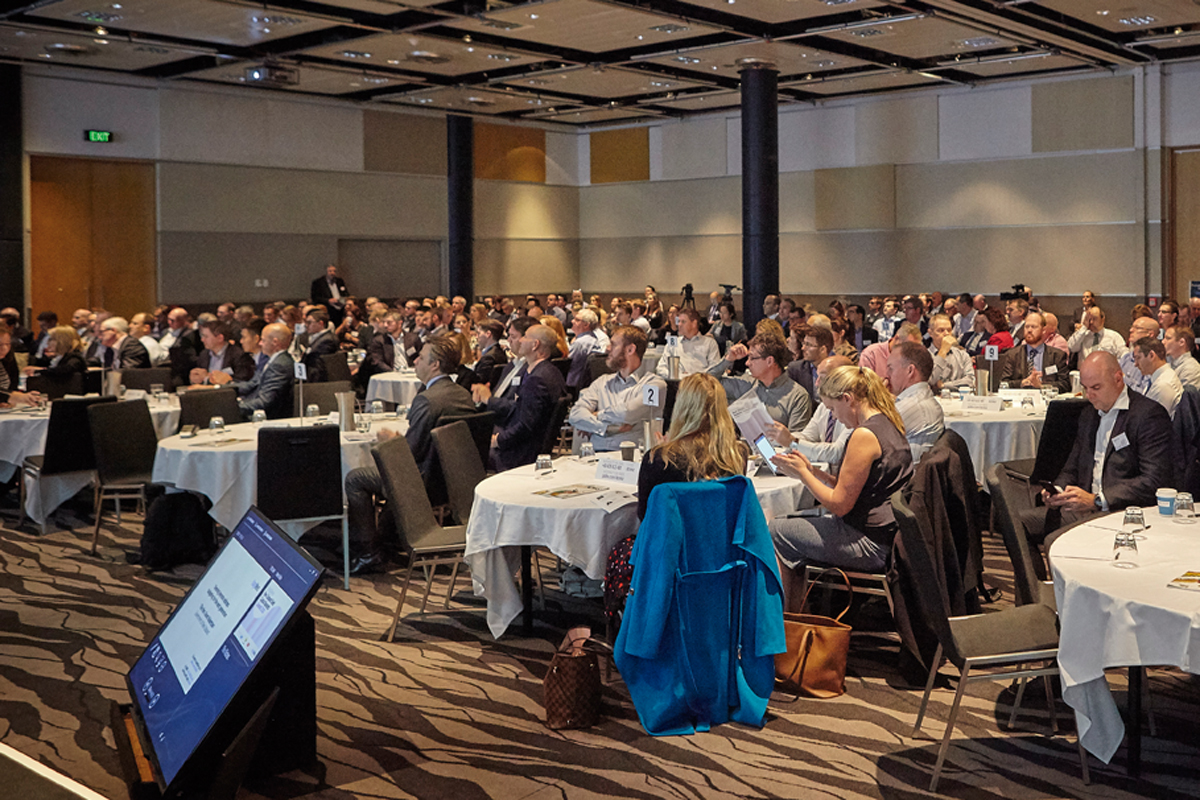

“Too many corporate institutions get stuck waiting for an example of technology or a regulatory change instead of starting to experiment. There are examples from around the world of companies which have spun off different businesses just so they can experiment. Trying new things allows a business to ‘disrupt itself’, rather than being disrupted from the outside.”
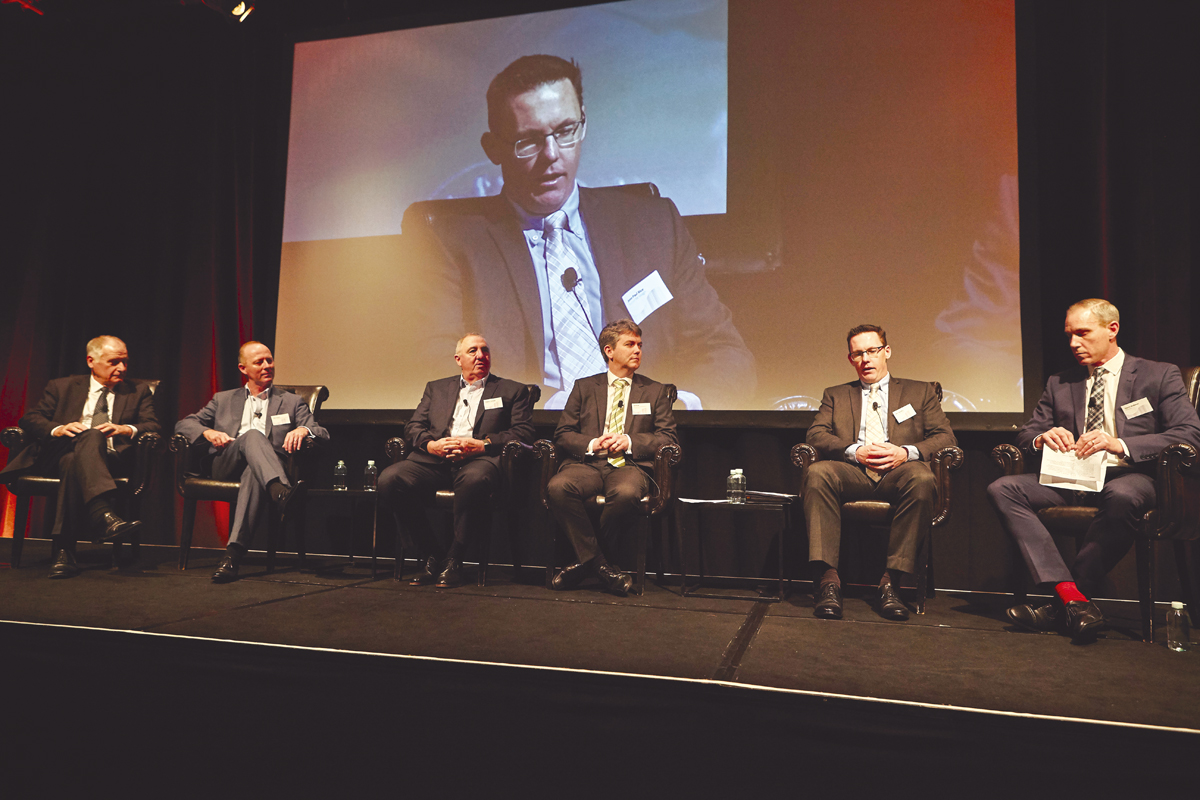
“We have seen legislative change in recent years to facilitate the introduction of the LGFA and covered bonds. This says to me that as a market we are open to promoting innovation and flexibility, and I would expect a similar response to project bonds or other infrastructure-vehicle funding undertaken through the debt capital markets.”
“The infrastructure-investment programme over the next decade is of the order of NZ$110 billion from central and local government, and a further NZ$20 billion in the private sector. The new government has really picked up on the last one’s infrastructure focus, which is good news because we are miles behind where we need to be as a nation.”
“We are really yet to find out whether debt-capital-markets investors are prepared to take development risk. If they are not, we have to work out who will take it – the Crown, mum-and-dad investors or someone else. ACC is fortunate that it is able to take long-term assets in New Zealand, but they may not suit all investors.”
“We are developing models where the Crown and the private sector can invest in bulk housing infrastructure together. The goal is for the bulk infrastructure that was scheduled to be built in the next 20-30 years to be brought forward significantly and to alleviate some of the associated funding pressure for councils.”
“Infrastructure is an enabler of growth. The model in New Zealand is skewed to the negative where the US is skewed to the positive, in the sense that the US has the tools to share the benefits infrastructure generates. We are restricted to a limited, land-based taxation model which makes providers reluctant to get in front of their development and infrastructure investment curve.”
“The change of government has been significant for the infrastructure sector. The key theme is that it is looking at new forms of financing – including less emphasis on PPPs and equity capital in general, and potentially structures that are more interesting from a debt-market perspective. Either way, the pipeline remains enormous.”
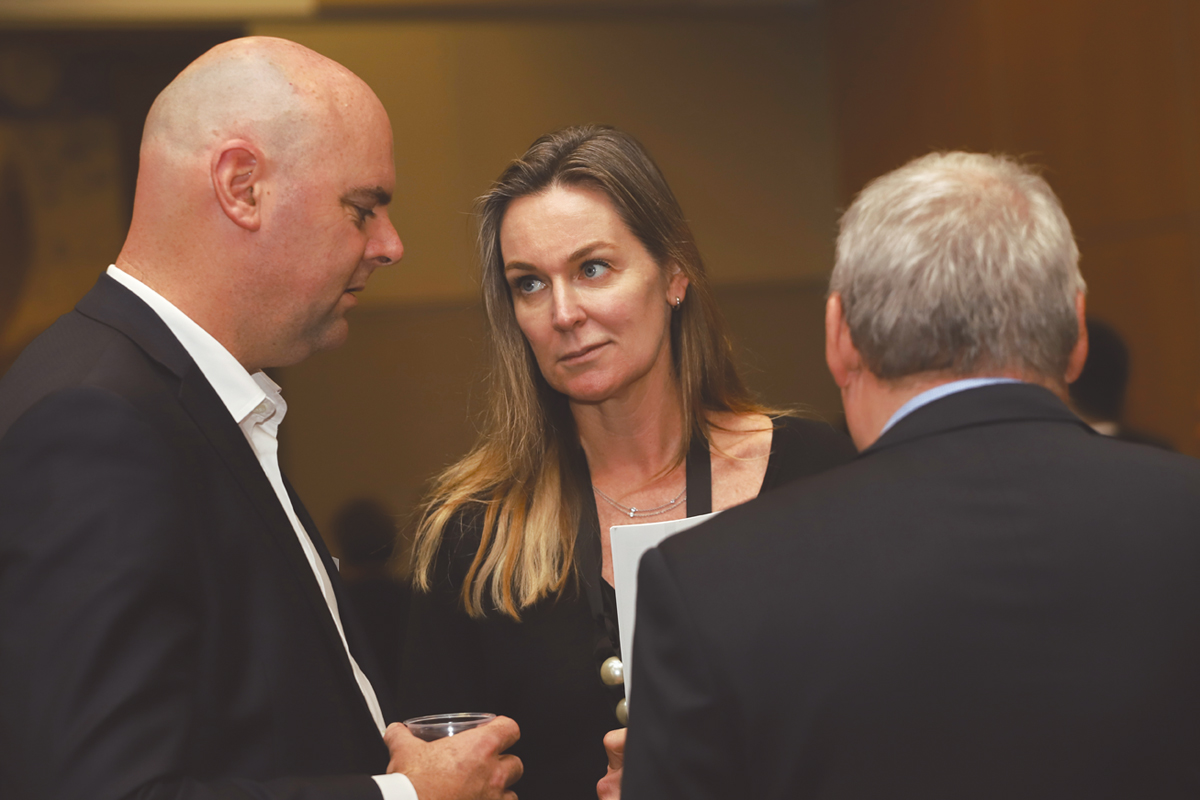

“There is no doubt that there tends to be a period when business confidence is low when we see a change of government to the left. The facts as we see them are that, yes, there is a dip in confidence, but we are also going through the largest construction boom in recent history and a lot of other factors remain positive.”
“People need to engage with trusted, locally curated news sources. When all you are chasing is an audience it is easy to undervalue your quality content and the fact that people want it and are willing to pay for it. We are increasing our focus on premium content, and we find that people value what they pay for more than what they stumble across for free.”


“The quality of a security comes down to whether people trust it in a normal market environment and in times of stress. This relates to the portfolio quality underlying an RMBS, the simplicity we would like to see in the products and the transparency around the loans in the pools for investors and for us as a central bank.”
“We would look to Australia, as the parent banks of the majors, as a guide to what would be considered best practice in securitisation. This degree of granularity might not be relevant for the New Zealand market, but by and large we need to be able to compare one pool of assets with another in order to price them appropriately.”

HIGH-GRADE ISSUERS YEARBOOK 2023
The ultimate guide to Australian and New Zealand government-sector borrowers.

nonbank Yearbook 2023
KangaNews's eighth annual guide to the business and funding trends in Australia's nonbank financial-institution sector.

WOMEN IN CAPITAL MARKETS Yearbook 2023
KangaNews's annual yearbook amplifying female voices in the Australian capital market.







